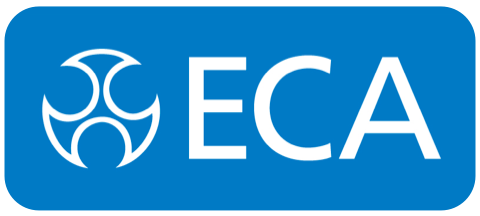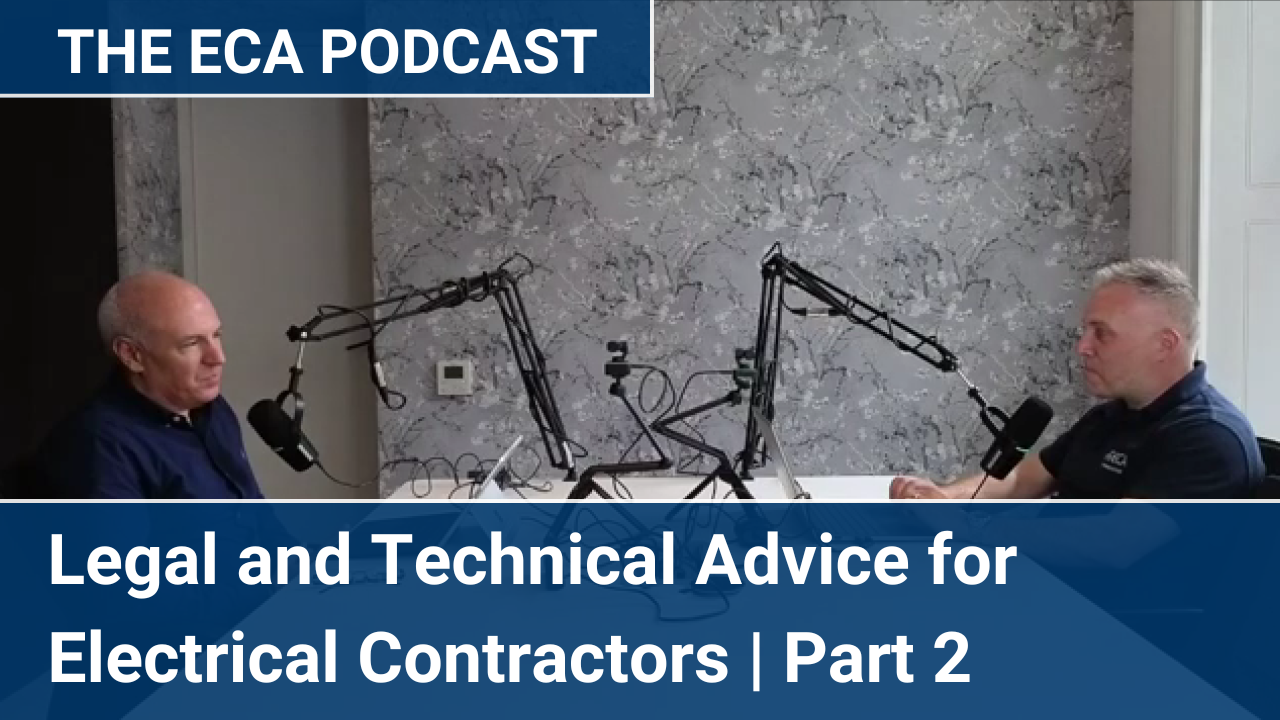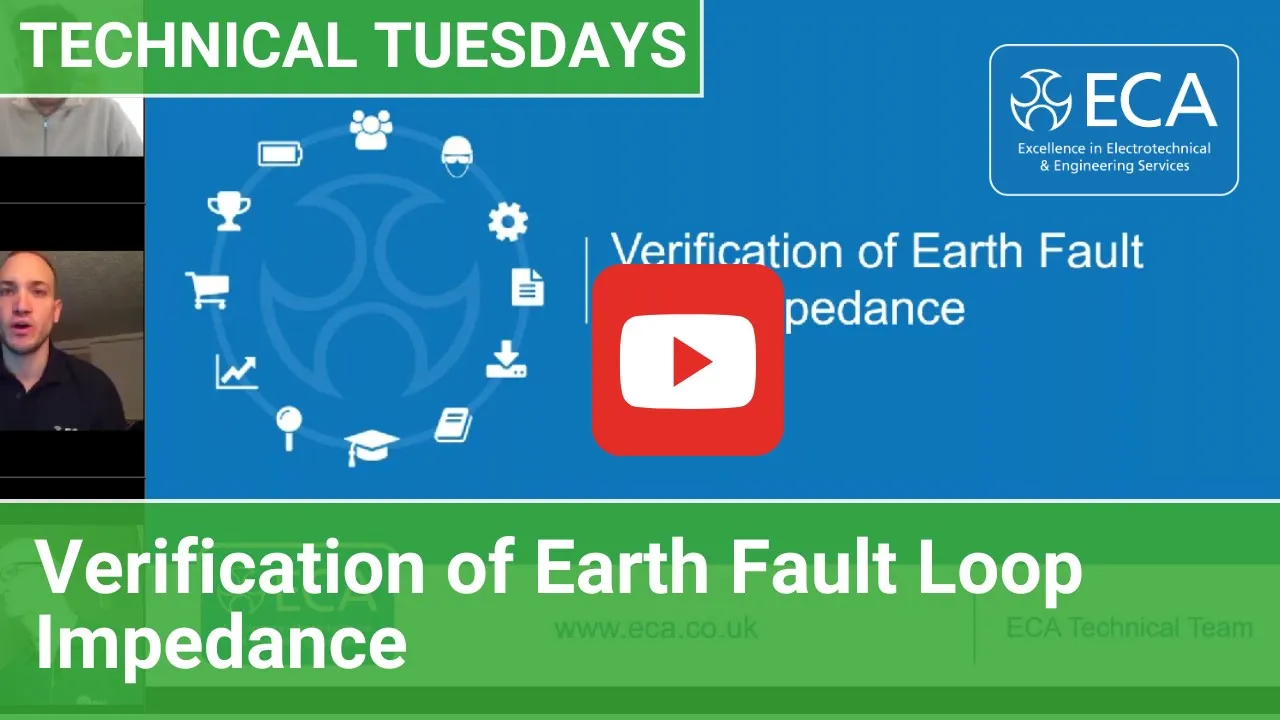The Wiring Regulations: What changes could appear in AMD4?

ECA Technical Manager Darren Crannis gives an overview of the main changes proposed in the Draft for Public Comment (DPC) of Amendment 4 to the Wiring Regulations (BS 7671:2018 Amendment 2 (2022) + Amendment 3 (2024)). The DPC (Draft for Public Consultation) on the amendment opens today and will close on 1 November 2024 at 5pm.
Throughout this period, ECA will be supporting its Members via our technical helpline, a video series and a live webinar hosted by the ECA Technical Team. The greatly anticipated amendment will incorporate changes to harmonised standards at European level which the UK has to adopt within a certain time period.
Until the Amendment is published in 2026, ECA Members must have a copy of Amendment 2 (2022) - the ‘brown book’ and Amendment 3 (2024) free PDF bolt-on) to be up to date.
0:01
I'm a technical manager here at the ECA.
0:03
And today I'm sharing with you the exciting news that BS 7671 18th edition, Amendment 4, Draft for Public Comment is soon to be released on the 7th of August, 2024.
0:15
And this will run for a three month period.
0:19
We encourage our members to visit the BSI Standard Development Portal, download the Draft for Public Comment, and make comments yourself.
0:26
And our technical team.
0:28
We'll be in touch with our members shortly to say how you can get more involved.
0:32
So what are the proposed changes?
0:35
In this brief video, we'll just highlight some of the key areas that our members may wish to look at.
0:40
Again, view the standard, view the DPC, make your comments and let us know.
0:47
These are not all the changes for the Amendment 4 DPC, only some of them.
0:53
We encourage all our members to download the whole standard
0:56
and have a look at areas that affects them.
0:58
With the development of new standards, new definitions are also drafted.
1:03
These new definitions relate normally to new technologies such as battery storage.
1:09
We have some new definitions relating to batteries, monoflux batteries.
1:13
We also have some new definitions for firefighting shaft, PMB, protective neutral bonding, high risk building to follow the Building Safety Act, and around equipotential bonding.
1:25
One small change in part three that has a big impact on our members is the introduction of PMB, protective neutral bonding.
1:34
This is normally found in rural locations or client owned transformers and it's a form of TNCS, but it's different from PMB.
1:44
And we have a brilliant guidance note on this available for our members if you wish to know about PMB earthing.
1:51
Let's look at part four, and that's protection for safety.
1:54
some very small changes in this part.
1:57
First, AFDDs.
2:00
Apart from aligning the wording with the Building Safety Act, there are no changes for the requirements for AFDDs.
2:07
Next, we have protected escape routes.
2:09
Some small changes here to the wording.
2:11
So we're talking about firefighting shafts or protected stairways.
2:15
Appendix 13, Part 1 has been completely rewritten to align with approved Document B.
2:22
Some small changes for protection against overload and also a mission for devices for protection against overload have been included.
2:29
Part five, selection and erection of equipment.
2:31
This is where the largest amount of proposed changes are for the draft of public comments.
2:36
One of those changes is the introduction of a functional bonding conductor.
2:40
I'm glad to report that's proposed to be the color pink.
2:45
Enclosures, a new note has been added to regulation 521 .5 .1 to state that cables
2:51
can pass through separate holes in an enclosure if the load is less than 200 amps.
2:58
Do you think this is good industry practice?
3:00
We'd love to hear your feedback.
3:02
Cables and walls prescribe zones.

.png?width=1280&height=720&ext=.png)
.png?width=1280&height=720&ext=.png)